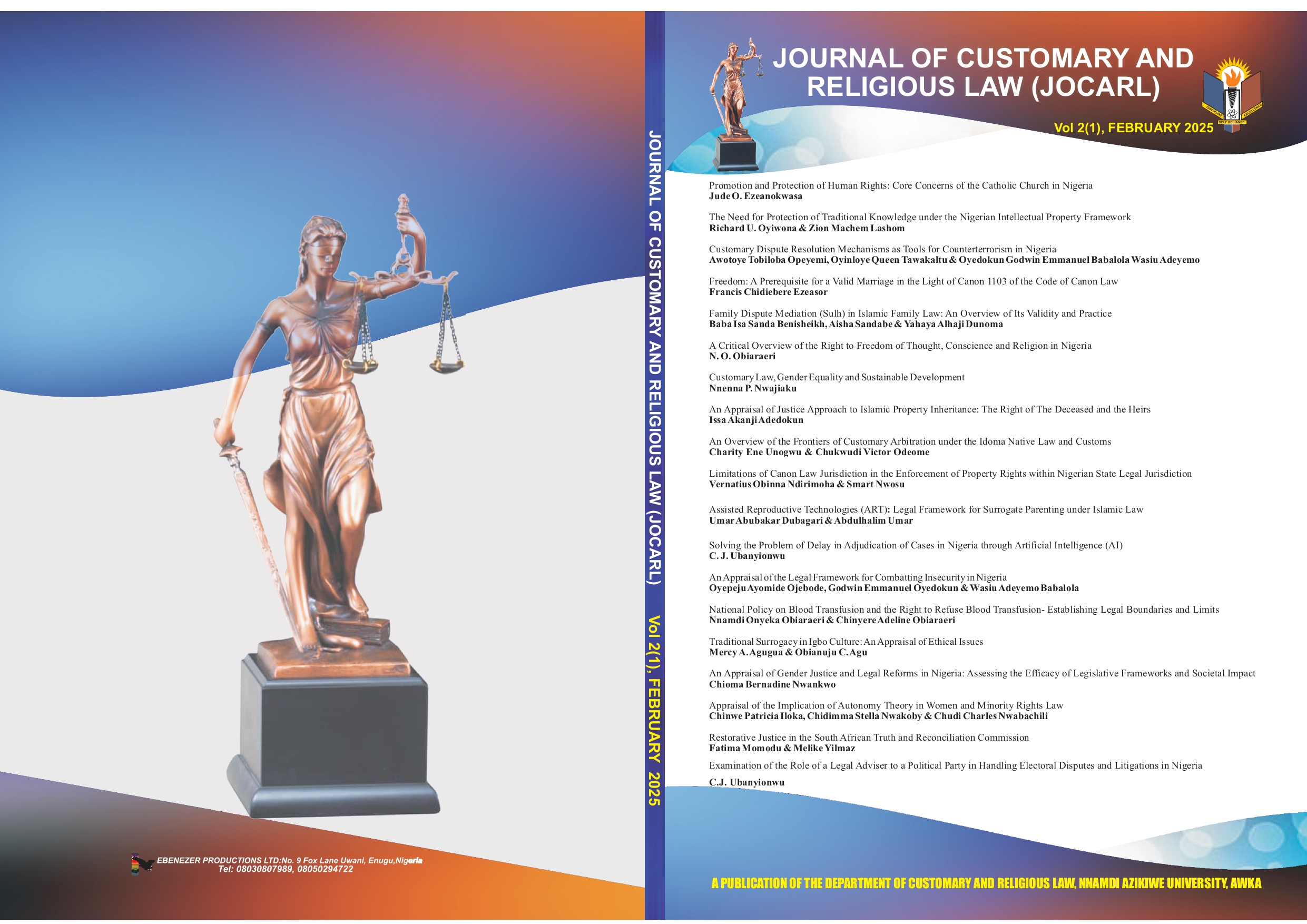Restorative Justice in the South African Truth and Reconciliation Commission
Keywords:
Restorative Justice, Bantu Education Law, South Africa, Truth, and Reconciliation CommissionAbstract
The Truth and Reconciliation Commission (TRC), established in South Africa, is a model for other TRCs
because it addresses the injustice, reparations, and healing processes that took place during the postapartheid era in South Africa, which has been classified as a crime against humanity. It is critical to
consider how restorative justice is applied and the kinds of remedies it might provide for South Africa. The
victims, their families, society, and the country can benefit from restorative justice. Restorative justice seeks
to bring about healing by viewing trauma as a social problem that everyone in society must deal with rather
than an individual issue since trauma is a common experience that is collectively shared. This paper uses
the doctrinal research methodology to employ restorative justice in resolving the education conflict in postapartheid South Africa. The Bantu Education Law during the apartheid regime in South Africa severely
limited black people’s right to an education. This resulted in a generation-long conflict that is challenging
to resolve, one that has also had an impact on future generations. Restorative justice, which was tried in
South Africa after apartheid, provided an avenue to resolve this conflict and provided the only way to start
talks that would lead to positive peace. The simplest definition of restorative justice’s fundamental tenet is
“repairing damage, replacing it, or compensating it.

